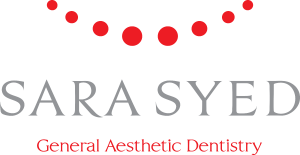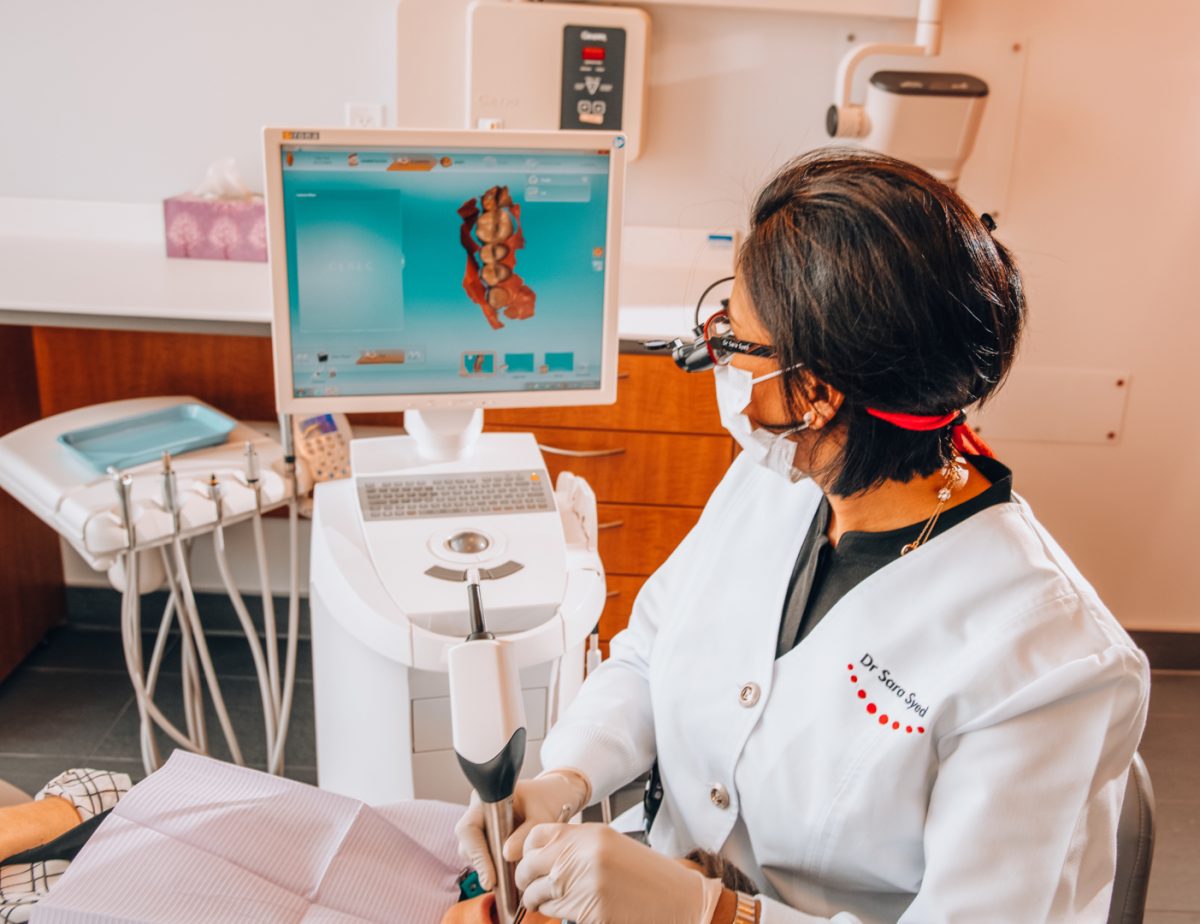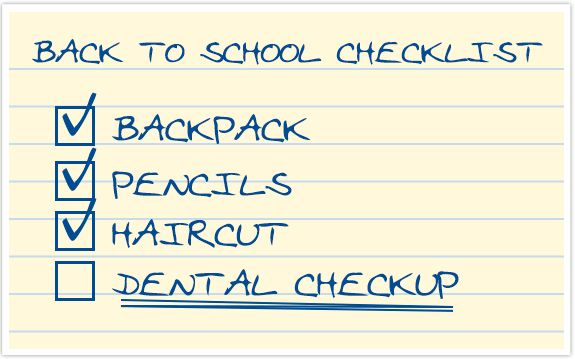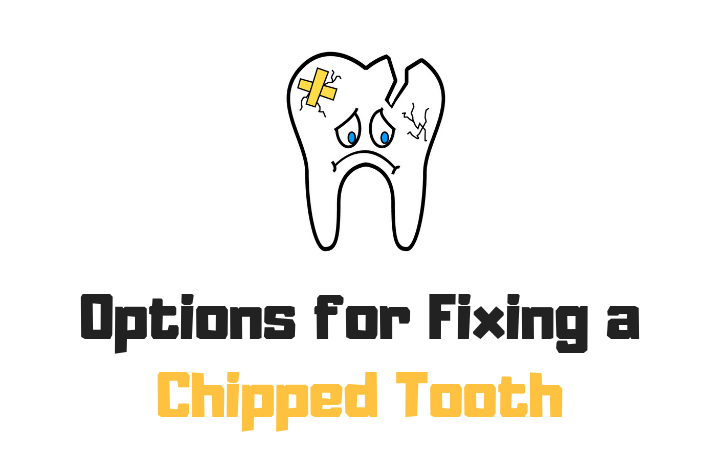Routine dental cleanings are often overlooked in pursuit of overall health. Though daily habits such as toothbrushing and tooth flossing have become essential in oral hygiene, they simply can’t match the deep level of care that professional dental cleanings provide. Professional dental cleanings aid in removing plaque buildup that hardens and turns into tartar over time. By addressing this buildup, dental cleanings can help prevent periodontitis, a range of diseases that lead to an inflammatory response and chronic destruction of the periodontium (tissues that support and surround your teeth, such as gums) (Farmer et al., 2024).
These cleanings can be done alone as a routine cleaning or combined with a regular check-up from your dentist. Doing both not only maintains oral cleanliness but also gives your dentist a vital opportunity to screen for early warning signs of more serious issues. This can help prevent expensive treatment, or even worse, tooth loss. In fact, studies show that routine dental visits provide one of the highest net health benefits when compared to reactive treatment approaches (Farmer et al., 2024).
In higher-income countries, it is the norm for the general population to visit a dentist for a general checkup in 6-month intervals. For those who have a history of periodontitis, it is recommended to do these checkups in 3-month intervals. In Canada, access to dental care has historically been uneven. Health Canada reported in 2010 that lower-income families experienced oral health outcomes twice as poor as those from higher-income households (Health Canada, 2010). Since 2010, there have been changes to Canada’s plan to helping support all families regardless of their socioeconomic status. Canada has implemented the Canadian Dental Care Plan (CDCP) (Government of Canada, 2024). This plan has a couple of criteria to qualify.
-
-
-
- First, you don’t have access to dental insurance.
- You must have filed your tax return last year.
- Your adjusted family net income is less than 90 000$.
- You are a Canadian resident.
-
-
If you think you might qualify for the Canadian Dental Care Plan, don’t wait… Visit CDCP website today. If you are an existing patient or closely related to one of our patients, contact our office today to schedule your next cleaning/checkup. We are here to help keep your smile healthy!
Work Cited
Farmer, J., Peres, M. A., Peres, K. G., Bernabé, E., Watt, R. G., & Listl, S. (2024). Evaluating the cost-effectiveness of preventive dental interventions for primary and permanent teeth: A systematic review. Global Health Journal, 9(1), 1–13. https://doi.org/10.1177/23800844241271684
Government of Canada. (2024, June 27). Who can apply: Canadian Dental Care Plan. https://www.canada.ca/en/services/benefits/dental/dental-care-plan/qualify.html
Health Canada. (2010). Summary report on the findings of the oral health component of the Canadian Health Measures Survey 2007–2009. https://www.canada.ca/en/health-canada/services/healthy-living/reports-publications/oral-health/canadian-health-measures-survey.html










